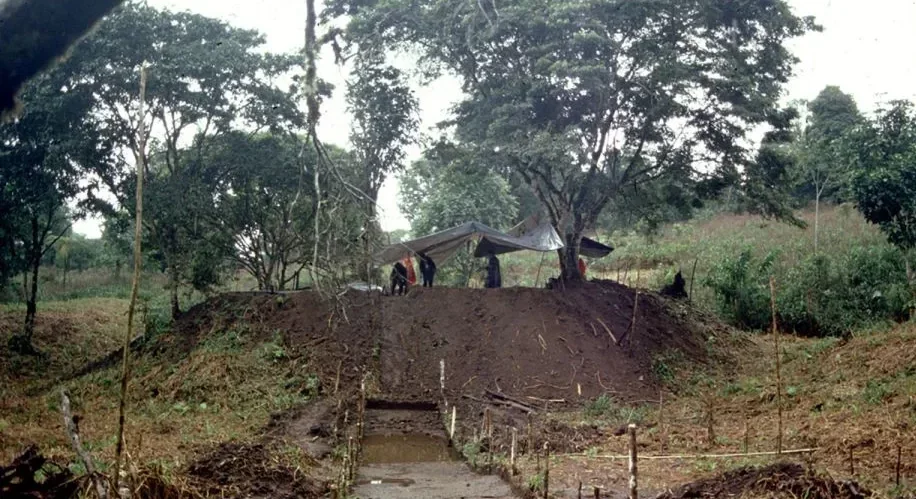Brighter Side of News
1M
377

Image Credit: Brighter Side of News
Archaeologists discover ancient network of cities hidden in the Amazon rainforest
- Archaeologists have uncovered a vast network of ancient settlements in the Amazon rainforest, challenging the perception of it being untouched wilderness.
- These settlements, dating back over 2,500 years, featured large cities, complex communities, roadways, monumental buildings, and advanced farming systems.
- More than 6000 earthen platforms connected by roads were found in the Upano Valley, revealing a densely populated urban civilization estimated to have housed 10,000 to 30,000 people.
- The settlements were part of the Kilamope and Upano cultures, practicing sedentary agriculture and ritual activities that shaped the environment for ceremonial and social purposes.
- Resilient to challenges like volcanic eruptions from the nearby Sangay volcano, the communities showed adaptability and reoccupation of structures over centuries.
- This discovery overturns assumptions about Amazonia as a wilderness devoid of urban development, showcasing the cultural complexity and architectural ingenuity of ancient Amazonian societies.
- The findings emphasize the dual heritage of the Amazon region, underscoring its natural richness and vibrant Indigenous history.
- The study aims to inspire further exploration and appreciation of the Amazon's rich past, revealing the intricate complexity and diversity of an unexplored world.
- The ancient network of cities hidden in the Amazon rainforest sheds light on the remarkable achievements of pre-Hispanic Amazonian societies, waiting to be rediscovered.
- This fascinating discovery encourages a reevaluation of preconceived notions about the region and underscores the depth of human history beneath the rainforest canopy.
Read Full Article
22 Likes
For uninterrupted reading, download the app